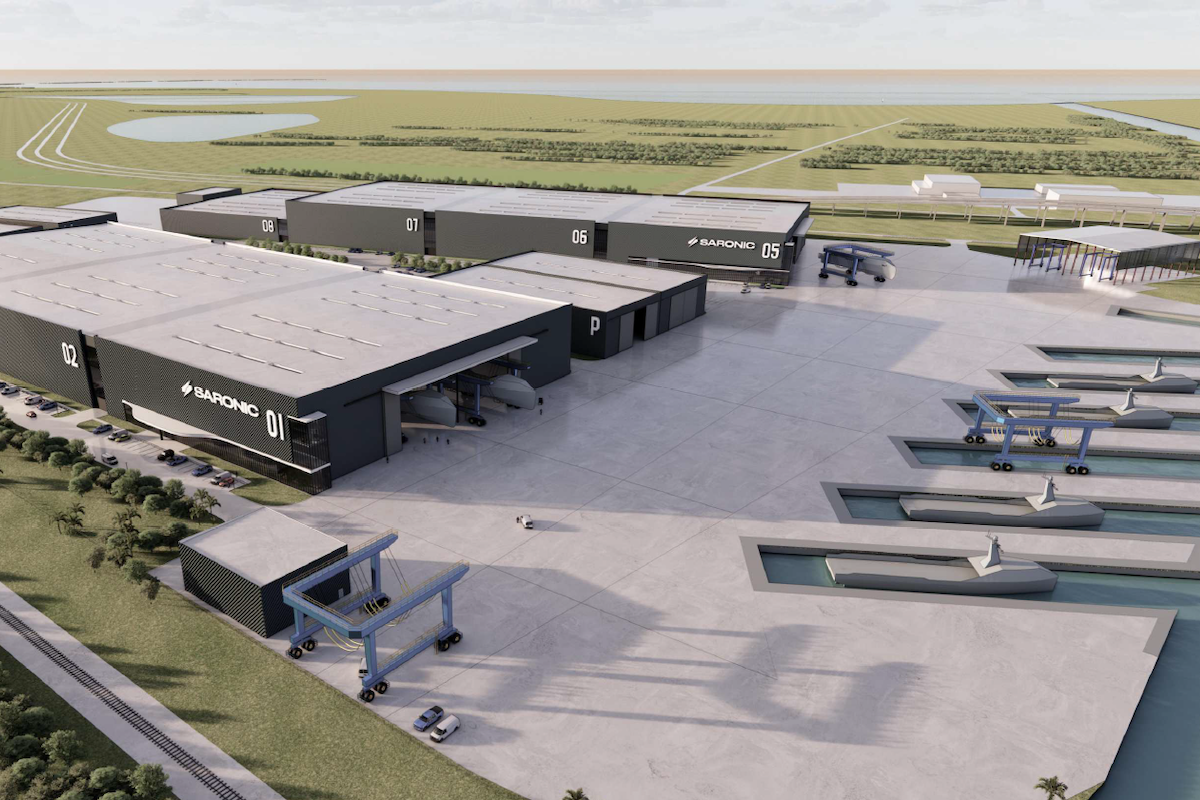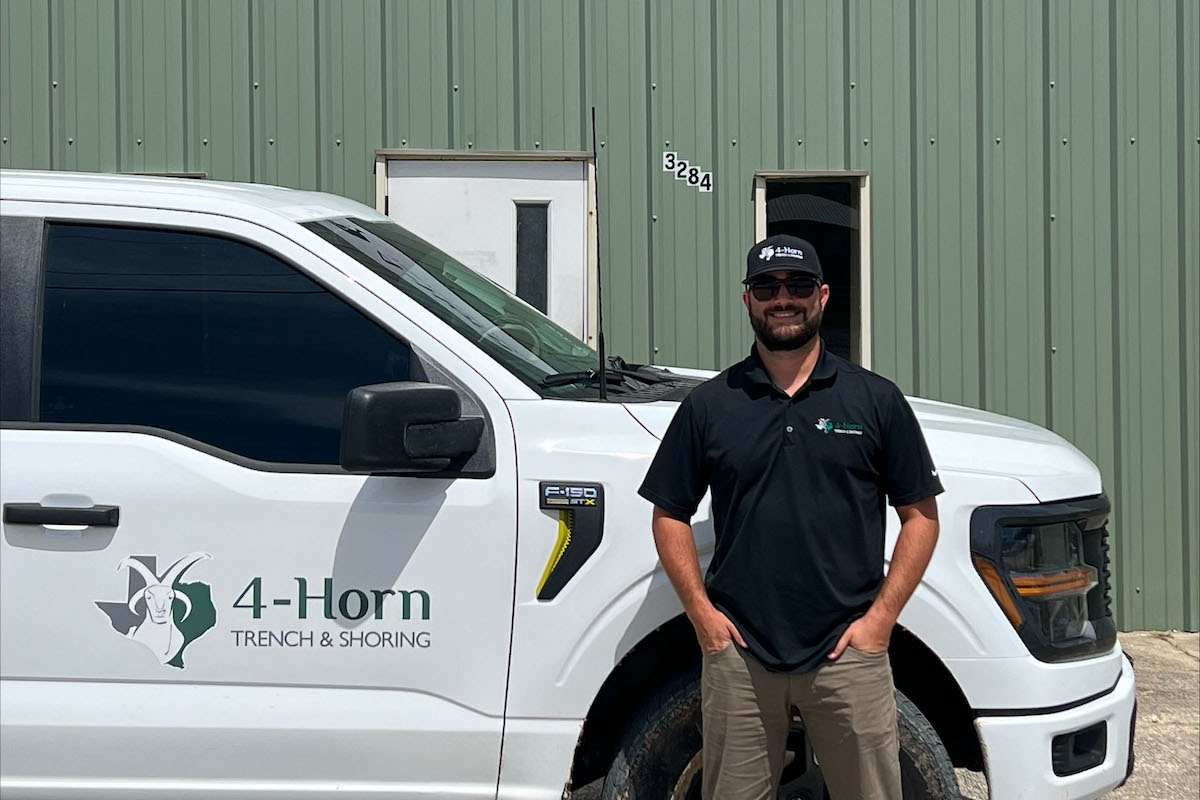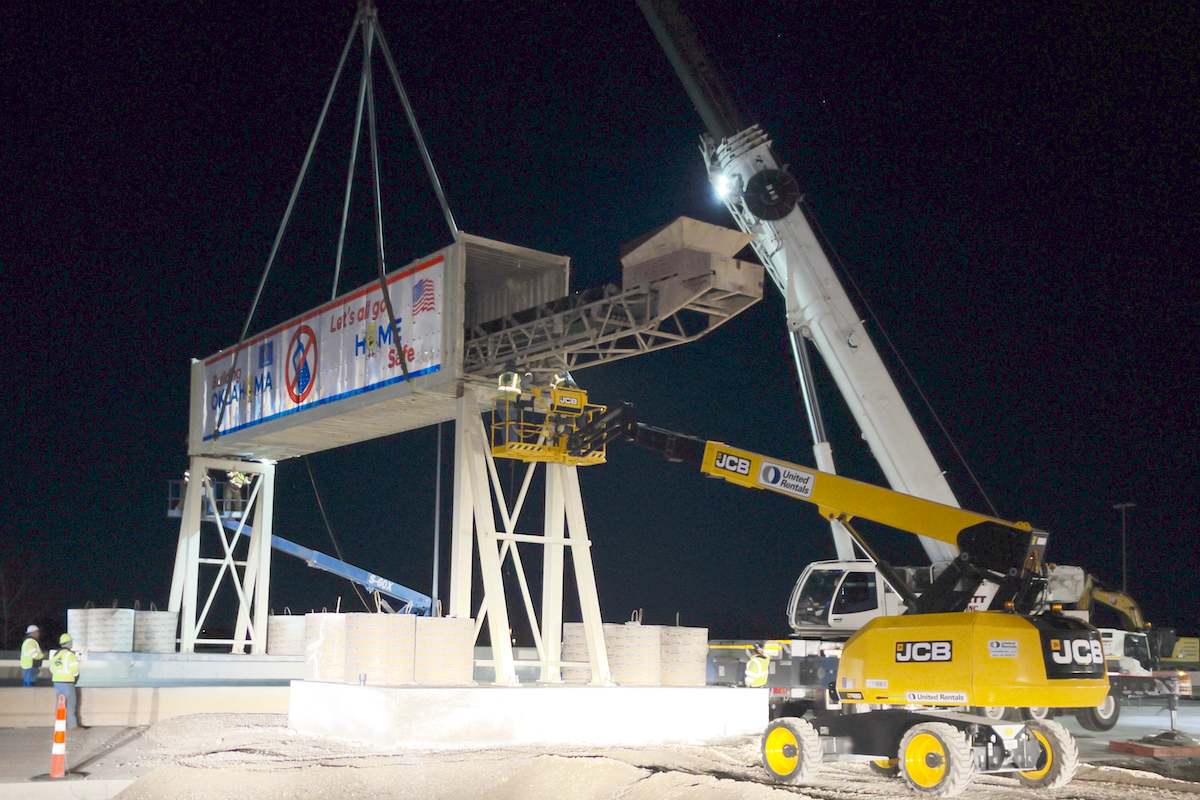Transportable fuel tanks offer not only the cost savings that comes with buying fuel in bulk, but also the ability to reduce fuel consumption. With full-fuel transport capability, these tanks allow the fuel supply to be moved to the equipment that needs to be refueled, reducing the travel distance – and time – to fill tanks and keep equipment operating.
From increasing efficiency with a fuel tank that’s ready to move immediately, to improving convenience for the crew, here are some benefits and features to understand when considering whether a transportable fuel tank is the right choice for the job.
By enabling the fuel supply to travel with the equipment as work progresses, contractors significantly reduce the distance jobsite equipment must travel to refuel. This not only saves time, but also reduces fuel consumption, which translates to more cost savings overall. Transportable fuel tanks are easily moved with equipment that’s already on the jobsite such as forklifts or cranes. Some tanks even offer the ability to be hauled in the back of a truck or mounted on a trailer for quick and easy transportability around the jobsite or over the highway, providing on-the-go fuel delivery where it is needed, even in locations with limited access.
Road construction, seeing increased demand in North America, is one area quickly realizing the benefits of transportable fuel tanks. The Infrastructure Investment and Jobs Act in the United States has dedicated $110 billion to roads, bridges and other infrastructure repairs. In Canada, the need for infrastructure maintenance is just as relevant, with most of the Trans-Canada Highway – Canada’s longest national road – designed before the 1970s. In these situations, a transportable fuel tank offers the required licensing and approvals for full-fuel transport as the equipment moves along the stretch of highway.

| Your local Yanmar dealer |
|---|
| CLM Equipment Co |
| WPI |
Although it might seem like transportable fuel tanks are the answer only for short-term projects or those with frequent movement, that’s not always the case. Transportable fuel tanks can improve fuel efficiency on longer-term jobsites and can help contractors save money when it comes time to move the tank. After all, transportable fuel tanks eliminate the need to drain and restock fuel with each move. Plus, the double-walled containment eliminates the need to pay for cleanup of a secondary containment pan. This means contractors can efficiently move their fuel tanks without the time and expense that is required to move a traditional fuel tank.
A contractor working on a bridge project in Maryland noticed the benefits of transportable fuel tanks on the jobsite right away. Instead of having to depend on their fuel distributor to move the fuel tank, the crew had the freedom to move their transportable fuel tank whenever they needed. This ease of access to move the tank at any given time improved convenience and efficiency for all involved.
Keep in mind that just because a tank is approved for full-fuel transport does not necessarily mean it’s the safest option. Some transportable tanks offer a lower center of gravity, for example, that will make the tank less susceptible to tipping during transport. Additionally, tanks with internal baffle plates prevent fuel surging to keep the vehicle stable.
Additional features can help to maximize the ease of transport of these tanks. Designs that integrate multiple attachment points like corner brackets for cranes and four-way forklift pockets allow the transportable fuel tanks to be moved with standard jobsite equipment to minimize hassle. A stackable cube shape also improves flexibility for full-fuel transport. This design allows the tanks to take up less space on a truck, the jobsite or in a yard, without sacrificing any of the capacity. Some manufacturers produce tanks that allow for stacking up to two tanks high when full, reducing the footprint when multiple tanks are required on a job.
Some manufacturers also offer GPS-based remote tank monitoring systems. One of the key features of these systems is the ability to track the tank’s location and inventory levels at any time. These systems also allow equipment operators to keep track of the nearest fuel supply, even when that location changes.
To truly maximize potential, be sure to choose a manufacturer that offers continued support after the sale. With the right combination of equipment and customer service, a transportable fuel tank puts control over fuel costs back into the hands of contractors.






































































